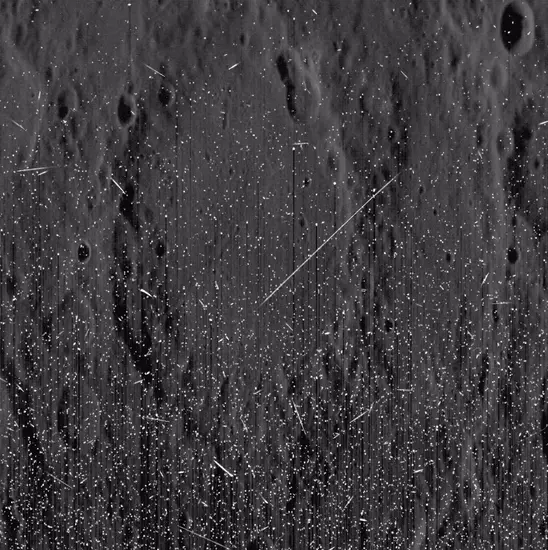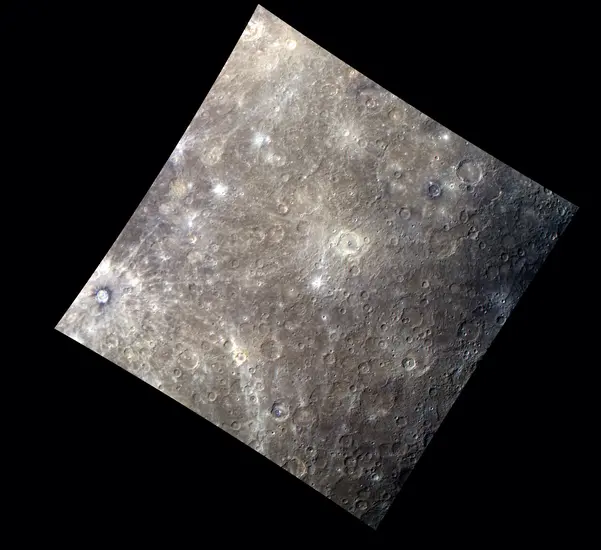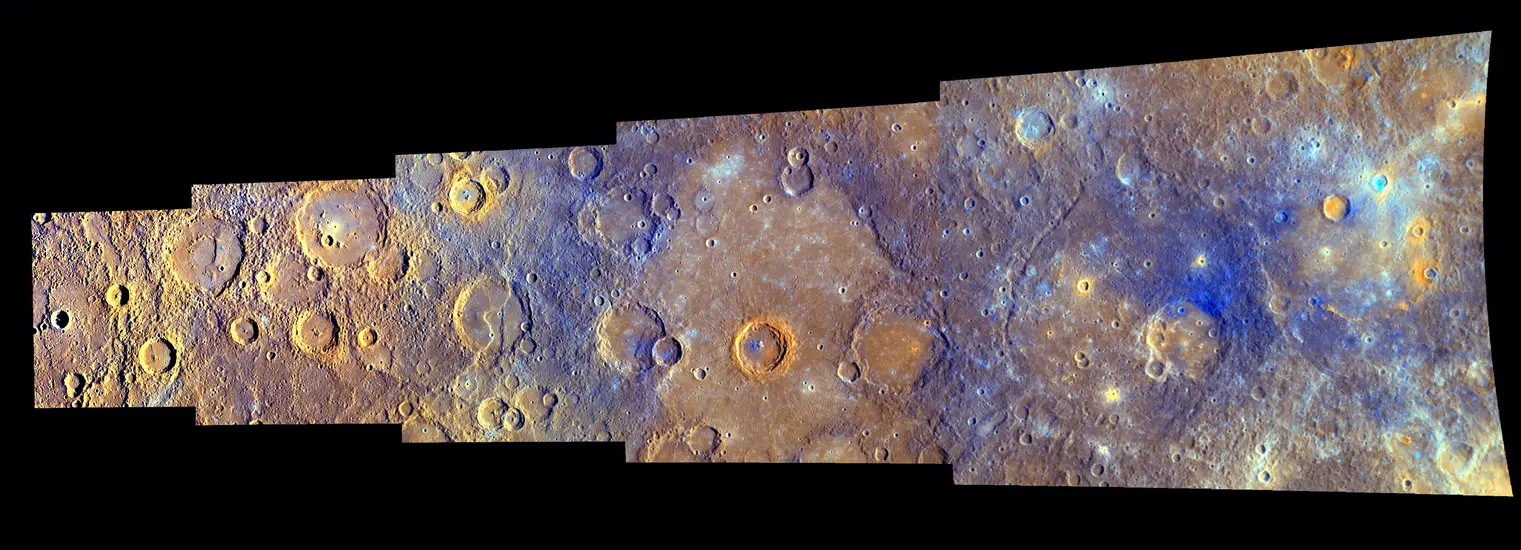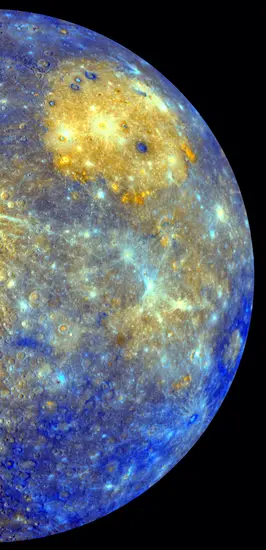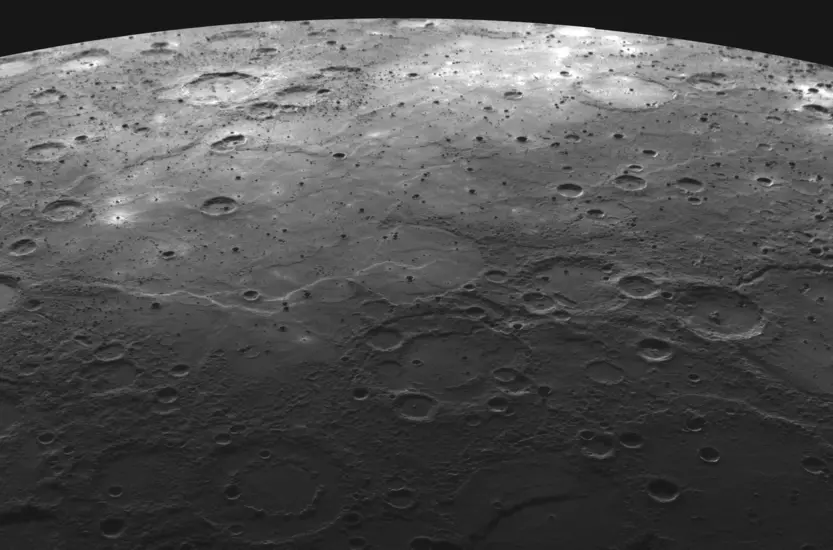
Smithsonian Planetary Image Facility
Image Holdings for Mercury
16
Holdings
Mariner 10
- Mercury Photography
- Press Release Photography
- Prints from the "Atlas of Mercury"
MESSENGER
- Press Release Photography
Cartographic Products
Shaded Relief Maps
- 1:5,000,000
- 1:15,000,000
Geologic Maps
- 1:5,000,000
Shaded Relief & Surface Markings
- 1:10,000,000
Reference Mosaic
- 1:10,000,000
*The above items are only for reference use and to review data before purchasing from data providers.
Additional Resources
About Mercury
Spacecraft/Missions
Online Imagery
Please Note: The facility does not sell imagery and cannot provide reproduction services. A guide to Resources for Earth and Planetary Research is available to also help individuals find available imagery online.



